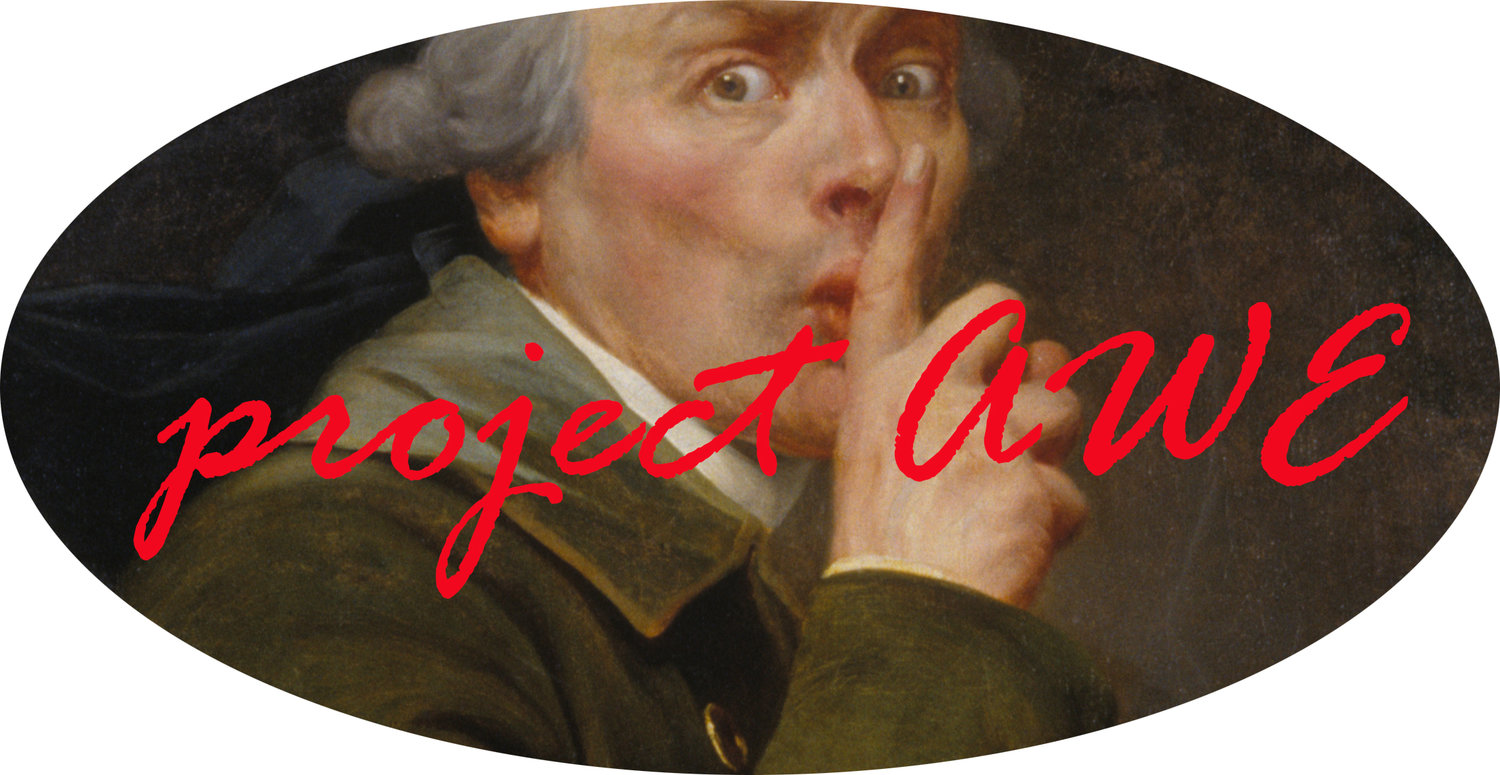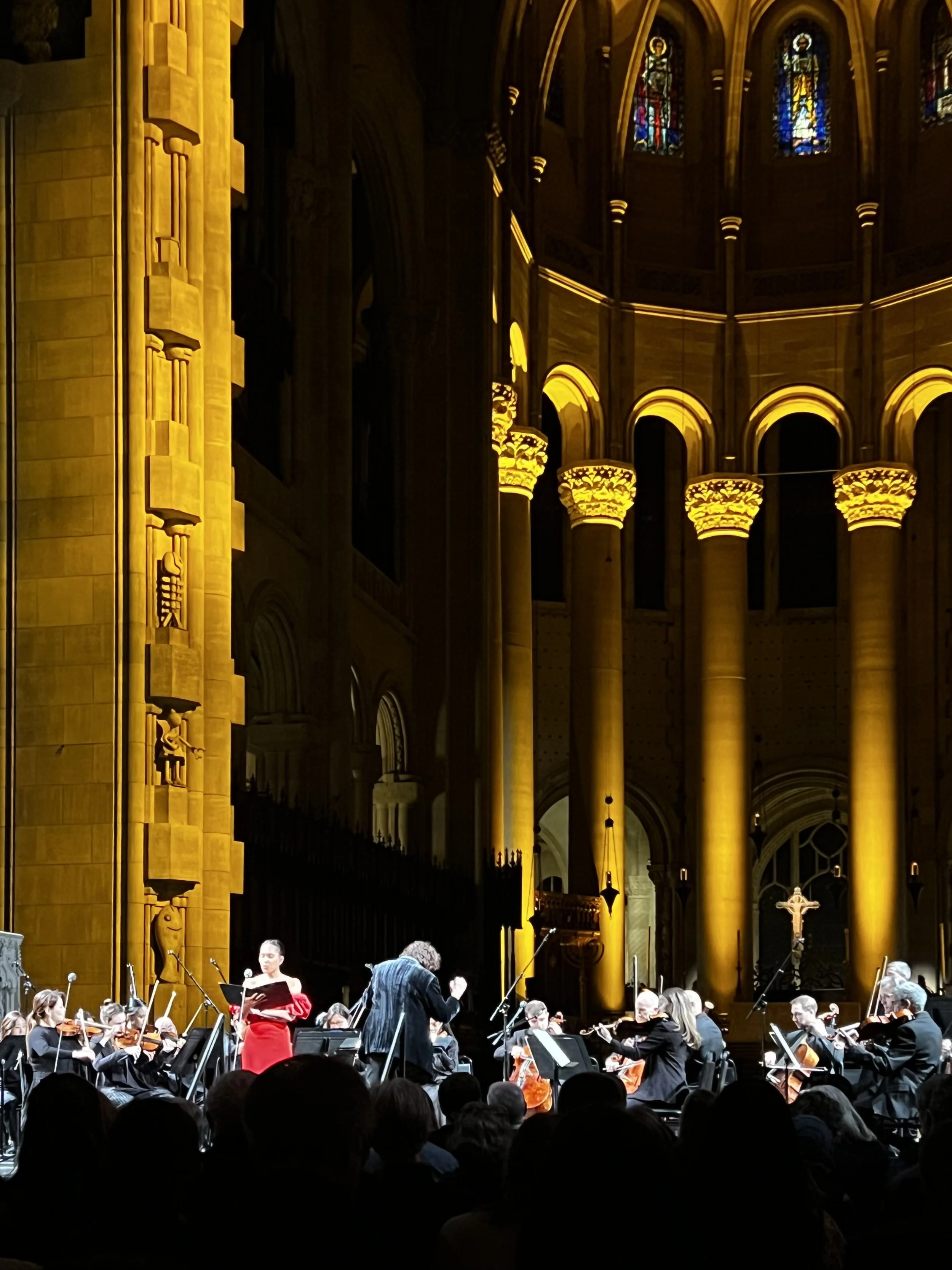by Caroline Stover
Caomin Xie, Lotus of Rusts, oil on canvas 78x96" 2013, Saatchi Art
Kaleidoscopic patterns in the floor-to-ceiling paintings radiate light. The canvases convey a mesmerizing dimensionality. Feelings of turbulence and calm co-exist. These are the qualities of Caomin Xie’s Mandala of Ruins, a series of paintings he created during his residency in Atlanta’s 2010/2011 Museum of Contemporary Art Georgia (MOCA GA) Working Artist Project.
Tracing the origins of an artist’s creative impulses can be a fascinating road to travel, but perhaps especially so in the case of Chinese contemporary painter Caomin Xie (pronounced Chow-meen Zee). There is a deeply mystical quality to Xie’s entire body of work, from his early “line paintings” to the Mandalas to his recent Maps of Infinitude series. He is a practicing Zen Buddhist but it is an over-simplification to attribute his inspiration to that single influence. Some sources that have fed his worldview are artists Gerhard Richter, On Kawara, and Andy Warhol, as well as the Lotus Sutra and Rhizome philosophy. But if an artist could drop a pin at the true core of his or her creative life, Xie’s would land at the Kizil Caves located in a remote valley in northwest China.
Caomin Xie, Mandala # 12, 2010, oil on canvas, 144 by 109 inches
The Kizil Caves are a network of Buddhist temples carved high in the cliff rock, some dating to 300 C.E. They are all that’s left of a fourth-century kingdom that thrived in the valley near a branch of the ancient Silk Road. Xie visited this imposing crossroads of art, religion, and commerce one day as a high school student in the 1990’s. Inside the grottoes are ancient paintings depicting countless Buddhas. The vaulted walls and tunnel-like corridors are covered with repetitive pictures of the divinity, some seated in the lotus position with winged auras, others surrounded by intricate geometric patterns, all of them created over centuries by monks whose names have long been lost to time.
Of that day Xie remembers, “I began to think about the lives of those painters, and what it means to be a painter. I was taught a painting is a project that needs to be planned ahead. But were those Buddhist murals a specific project or just the painter’s everyday life, like food, drink, or sleep? They totally changed my previous concept of art.”
The idea of art as a necessity, not a choice, was an aesthetic that came to prevail in Xie’s life as an artist from that day forward. Making art was no longer a goal-oriented endeavor with a beginning and an end. Instead it became a “daily practice” like meditation, or eating, or any other basic act essential to his existence.
After high school in his hometown of Ningbo, Xie studied sculpture at China Art Academy in Shanghai where he found much of the focus was on the creation of public art and monuments. This was inherently collaborative work and the opposite of Xie’s increasing objective – to create art in solitude. Solitude was a path to reflection, which in turn was a path to the inner self. Xie switched to painting.
After graduating from the Academy, Xie showed his portfolio to a professor from Savannah College of Art and Design (SCAD) who was visiting Shanghai. Xie was offered a scholarship, went to the United States, and earned his MFA in painting from SCAD. When he graduated in 2001 Xie began to create what he called “line paintings” inspired by the effect of images seen up close on the TV screen. He painted landscapes, the face of Buddha, and other shapes overlaid by thin horizontal lines. Then after 9/11 the focus of his line paintings changed. Depictions of debris from the World Trade Center and other disasters dominated his canvases.
Several years later Xie attended an event at Emory University in Atlanta to watch Tibetan monks create a sand mandala, and entered a new phase with his debris paintings where a solution to the destruction seemed possible. He stopped painting lines and started painting circles. “In Buddhism,” Xie explained, “the circle represents how you deal with conflict.” He shattered images of 9/11 into pieces and painted them inside huge mandalas. Xie calls his Mandalas “a blossom from the ash.” They are mostly in earthy and achromatic tones of black, brown, white, and gray, like “fundamental materials,” Xie said. “It’s almost as if I am building the painting, just like the sand that accumulates on the surface of a Tibetan sand mandala.”
The Mandalas tap into a religious symbol to powerful effect. Xie has completed about sixty canvases in the series, the largest 12 feet tall. To him, these “religious ritual pieces” need to be oversized so the viewer is compelled to move backward. “There is an alternative space that art exists in,” he said. “It’s like a church. Art should make us feel distanced from everyday life. As artists, we need to create or maintain that space.” Xie believes art – for both the viewer and the artist – is simply the last “battleground” to access one’s singularity, one’s true inner nature.
Now 40 and living in Atlanta, Xie’s most recent solo exhibition entitled Maps of Infinitude was part of SCAD Museum of Art’s deFINE ART 2015 program. Xie said he drew inspiration for the Infinitude paintings from a childhood obsession with the stars. He frequently stared into the night sky as his father pointed out the constellations, but the images that his father described never materialized. Xie couldn’t see them, but he did see other patterns, other pictures, his own compositions in the sky. The idea of star-gazer turned creator of symbols, maps, language, stories, perhaps even of life itself, resonates in the Maps of Infinitude paintings. Xie borrowed from creation myths for the titles of the paintings: Gaia, the Greek Mother Goddess, and Sin, the Mesopotamian god of the moon. The paintings are minimalist landscapes of stars and planets on small-scale canvases, seemingly a clear departure from the earlier Mandalas. But similarities emerge. Repetitive patterns and mirror images suggest themes of infinity and continuity in both works. In the Maps, clouds of stars coalesce in identical configurations against the backdrop of deep space. In one painting, rocks scattered on a lunar surface form a distinct design and in another, celestial bodies orbit in a perfect circle against an eternity of blackness. Xie painted these strange, serene universes on small canvases to draw the viewer in. “You are supposed to look at a map closely,” he explained.
The works-in-progress in Xie’s Atlanta studio are a continuation of the SCAD Museum show. In one, countless droplets of silver leaf form an amorphous shape on a black background. The softly glowing particles seem to move on the surface of the painting as if pulled gently by a current of water below, or a breath of wind from above. Xie was inspired by the alchemy, as he put it, of taking a natural material like the silver leaf and transforming it into something man-made.
Caomin Xie, Brahma #2, 2015, oil on canvas, 36 by 44 inches
It seems counter-intuitive that a creative process so centered on solitude and self-reflection would result in art that touches a communal chord, but Xie’s work undoubtedly does. In a 2014 review in Burnaway, the Mandalas were described as depicting “the cycle of life and…a prayer for humanity.” To Xie, art and the ancient religions engage us in similar experiences, putting us in touch with “something we cannot clearly know but we can sense it. We cannot clearly describe it, but a lot of people can share it,” he said. This was the legacy of the monks that Xie carried back with him from his visit to the ancient caves. “As a painter, the most important thing is what makes me keep painting,” said Xie. “For me, art is like belief, it is a kind of individual need. I feel that maybe art is just life itself.”
Caomin Xie, Still Image 106 - Fog on the Ocean, 2005, oil on canvas, 65 by 96 inches
Chinese contemporary painter Caomin Xie pictured in his Atlanta, GA studio with works in progress, July 2015
Caomin Xie’s drawing The Broken Other was recently acquired by the High Museum of Art Atlanta and is part of the museum’s exhibition “Sprawl! Drawing Outside the Lines” through Oct. 4, 2015. Caomin Xie is represented by Fay Gold Gallery in Atlanta and Gallery 55 in Shanghai

